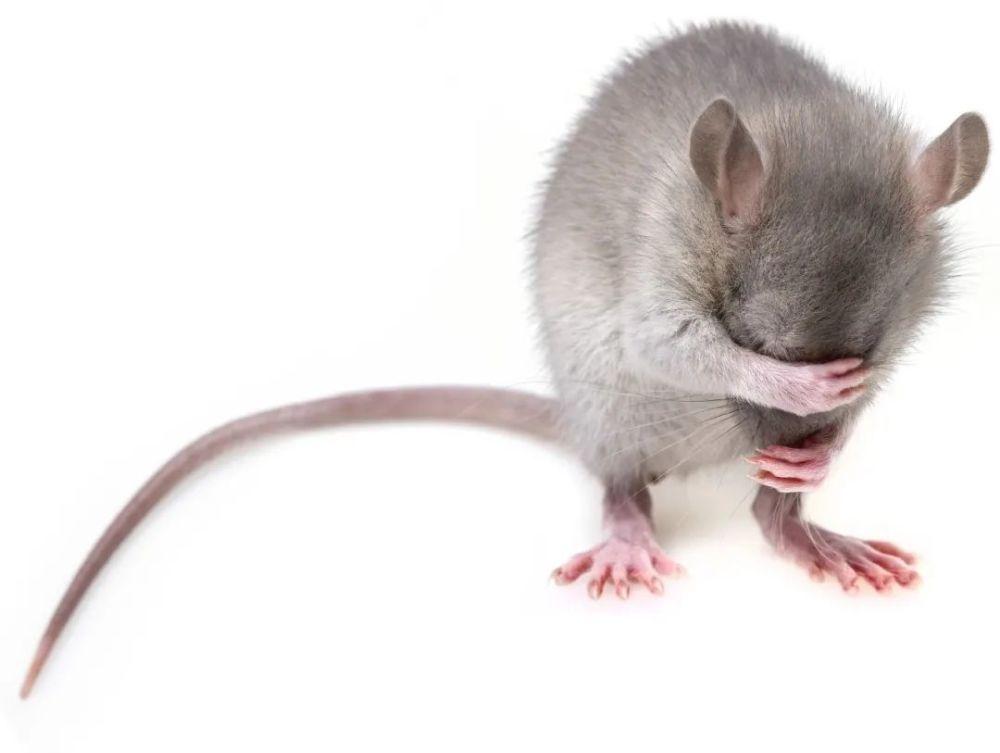Haemorrhagic fever is a common infectious disease in the north. Since October of each year, the Guanzhong area of Shaanxi Province has entered the season of high incidence of hemorrhagic fever, and since the beginning of winter this year, major hospitals in Xi'an have successively received a number of patients with hemorrhagic fever.
Because the early symptoms of epidemic haemorrhagic fever are similar to those of ordinary influenza, many patients will mistakenly think that it is a common cold, and the saying that "eating strawberries will infect bleeding fever" appears in many people's circle of friends. So, how do people get epidemic haemorrhagic fever? What are the symptoms of infection in the early stages? How can we protect ourselves and our families?

Epidemic haemorrhagic fever, also known as renal syndrome hemorrhagic fever, is a natural source of disease caused by hantavirus and mainly infectious in rodents. In China, the haddock is the main host animal and source of infection. The incidence is distinctly seasonal, peaking from November to January and peaking from May to July.
Epidemic haemorrhagic fever, which can be transmitted through the following five routes
1. Respiratory transmission
Rodents carry the excreta of the virus, such as urine, feces, saliva and other contaminated dust to form an aerosol that can infect the human body through the respiratory tract;
2. Transmission of the digestive tract
Eating food contaminated with the virus-carrying excreta of rodents can be infected through the mucosa of the oral or gastrointestinal tract;
3. Contact transmission
Infection can also result from contact with rodent excreta or blood from a rat bite or broken wound;
4. Vertical propagation
The virus can infect the fetus transplacentally in pregnant women after infection with the disease;
5. Insect vector transmission
Although hantavirus has been isolated from chigger mites, its transmission effect has yet to be further confirmed.
Are strawberries related to hemorrhagic fever? Will it be passed from person to person?
Hemorrhagic fever may be transmitted through the excrement of rats, and when human contact with items and food is contaminated, it may be transmitted to people through contact.
Strawberries listed in winter are basically grown in greenhouses, and rats are not easy to enter, followed by rat control measures around. And the local agricultural department has come to take samples, the test is qualified, and no basis for rodents to contact strawberries or contaminate strawberries has been found, and the relevant departments have been debunked and clarified. Therefore, strawberries and hemorrhagic fever are not linked, and everyone does not have to worry.
In addition, the question of whether epidemic haemorrhagic fever will be transmitted from person to person can be clear: although patients with epidemic haemorrhagic fever carry the virus in their blood and urine in the early stages, there are few case reports of post-exposure onset, and humans are not the main source of infection of the disease.
Prevention of epidemic haemorrhagic fever can be done
As the main host and source of infection of epidemic haemorrhagic fever, the following measures can be taken to prevent epidemic haemorrhagic fever:
1, anti-rat rat: the application of a variety of methods to kill rats, pay attention to the surrounding environmental hygiene, reduce the breeding of rats; daily cleaning can wear masks, wash hands frequently;
Prevent rodent excrement from contaminating food, do not come into contact with rodents and their excrement, and prevent bites while conducting animal experiments;
2. Vaccination: For people who are active in the wild or at high risk, it is recommended to inject hemorrhagic fever vaccine. After vaccination, 88% to 94% can produce neutralizing antibodies, which can last for 3-6 months, and the injection needs to be strengthened after 1 year.
If these conditions are discovered, you should seek medical attention in time
Epidemic haemorrhagic fever initially presents as fever and can present with three reds and three pains: three reds refers to conjunctival redness, red skin of the face and neck, and three pains refer to headaches, low back pain, and orbital pain.
If you have these symptoms, have been exposed to rodents before onset, have been bitten by rodents, or have eaten food that may be contaminated by rodents, there is a high degree of suspicion of epidemic haemorrhagic fever. At this time, you should go to the infectious disease department of the general hospital or the infectious disease specialty hospital for treatment as soon as possible, and the later the treatment, the worse the treatment effect.
In summary, the treatment principle of epidemic haemorrhagic fever is "three early and one", that is, early detection, early diagnosis, early treatment and nearby treatment.
Written / Infection Ko Moridon
Editor/Connie Han